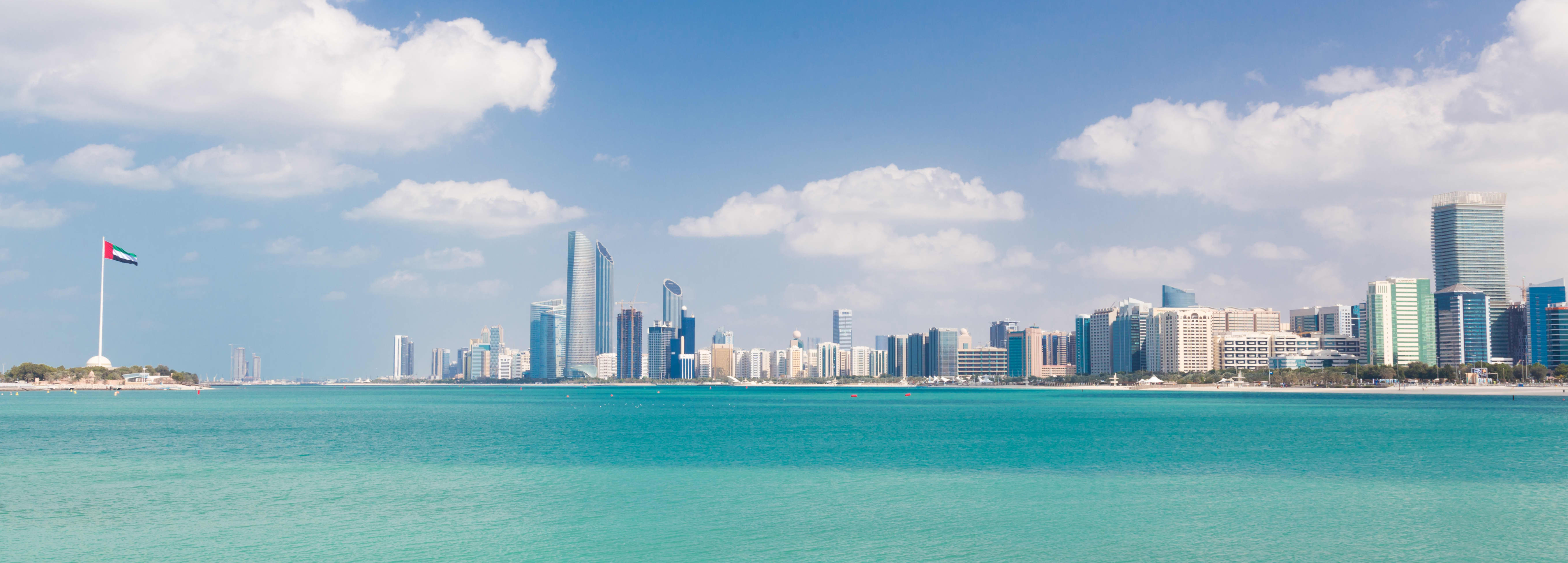Abu Dhabi city skyline, United Arab Emirates.
kasto80 | iStock | Getty Images
DUBAI, United Arab Emirates — The United Arab Emirates announced Saturday the successful start-up of its Barakah nuclear energy plant, the first in the Arab world and a significant step towards the country’s goal of emissions-free electricity.
With the announcement, the UAE becomes the newest member of an exclusive club of 31 countries running nuclear power operations. It’s also the first new country to launch a nuclear power plant in three decades, the last being China in 1990.
The Barakah plant’s Unit 1 is the first of the country’s planned four reactors, which when complete are expected to meet 25% of the country’s electricity needs with zero carbon emissions.
“Today is a truly historic moment for the UAE,” Mohamed Ibrahim Al Hammadi, CEO of Emirates Nuclear Energy Company (ENEC), said in a statement over the weekend. “We are now another step closer to achieving our goal of supplying up to a quarter of our Nation’s electricity needs and powering its future growth with safe, reliable, and emissions-free electricity.”
After “several weeks” of further safety tests, Unit 1, operated by ENEC subsidiary Nawah Energy Company, is expected to connect to the UAE’s electricity grid. Testing is done with the oversight of the UAE’s Federal Authority for Nuclear Regulation (FANR), and comes after a pre-start-up review was completed in January by the World Association of Nuclear Operators.
The project, which national authorities describe as a strategic and economic imperative for the UAE, is a culmination of 12 years of work and involved collaboration with external bodies including the UN’s International Atomic Energy Agency (IAEA) and the government of South Korea.
The UAE’s Federal Authority for Nuclear Regulation (FANR) granted the operating license for Unit 1 in February, after an extensive inspection process to ensure the plant’s compliance with regulatory requirements. The operating license is expected to last 60 years.
Barakah’s Unit 1 reactor, located in the eastern Gharbiya region of Abu Dhabi on the Persian Gulf coast, is expected to produce 1,400 megawatts of electricity. The four reactors together will produce 5,600 MW of power and are expected to prevent the release of 21 million tons of carbon emissions annually, officials said.
The project’s financing — as part of a joint venture agreement with ENEC and the Korean Electric Power Corporation (KEPCO) — totals $24.4 billion.
The ‘gold standard’ nuclear energy agreement
There is no estimated date for the completion of all four reactors, but Hamad al Kaabi, the UAE’s permanent representative to the IAEA, told CNBC in February that the additional three reactors were in “advanced levels of construction.”
The UAE already partakes in what nuclear energy experts call the “gold standard” of civilian nuclear partnerships: The U.S.-UAE 123 Agreement for Peaceful Civilian Nuclear Energy Cooperation.
Signed in 2009 and pursuant to Section 123 of the U.S. Atomic Energy Act of 1954, the agreement allows the UAE to receive nuclear materials, equipment and know-how from the U.S. while precluding it from developing dual-use technology by barring uranium enrichment and fuel reprocessing, the processes required for building a bomb.
